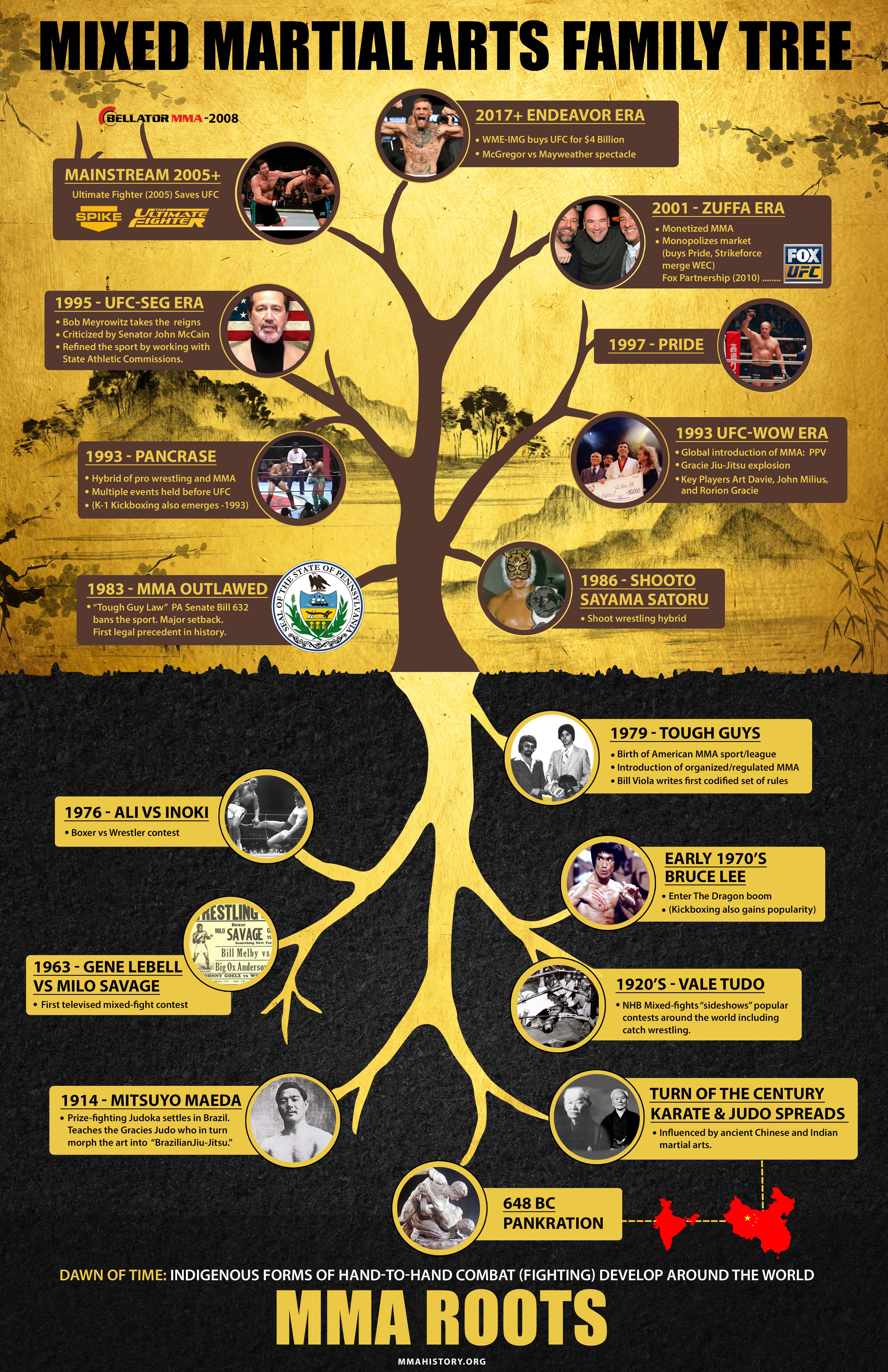The Worldwide History And Change Of Martial Arts
The Worldwide History And Change Of Martial Arts
Blog Article
Web Content Author-Sutton Workman
Martial arts have an interesting background that covers centuries and continents. You may locate it appealing how old methods like Shuai Jiao and Kalaripayattu prepared for contemporary fight strategies. These techniques not just emphasize physical skills but additionally mirror the cultures that birthed them. As you explore their development, consider how globalization has actually changed these typical types into hybrid styles. What influences do you think have formed today's martial arts landscape?
Ancient Martial arts: The Foundations of Combat
As you delve into the globe of old martial arts, you'll find the rich structures that shaped combat strategies across societies. Early techniques concentrated on Self-Defense and survival, commonly integrating strikes, grappling, and weapons.
In old China, for example, techniques like Shuai Jiao highlighted throws and joint locks, while India's Kalaripayattu showcased agility and liquid activity. Japanese samurai created Kenjutsu, a polished swordsmanship that highlighted technique and strategy.
japanese martial art served not just for battle but also as a means of individual growth, instilling worths like regard and perseverance. The mixing of these techniques gradually laid the groundwork for the varied martial arts you see today, each showing the one-of-a-kind approaches and needs of its culture.
The Social Impact on Martial Arts Development
While martial arts often show the useful needs of a culture, they also embody the cultural values and beliefs of their origins. When you check out different martial arts, you'll notice just how they're influenced by religious beliefs, viewpoint, and social standards.
For example, the focus on respect and self-control in Japanese martial arts stems from Zen Buddhism and samurai society. On the other hand, Brazilian Jiu-Jitsu promotes flexibility and technique, formed by the need for effectiveness in a diverse, multicultural atmosphere.
You may find that the routines, attires, and training approaches show a community's history and identification. By understanding these social impacts, you strengthen your recognition of martial arts and their function fit human experiences across the globe.
Modern Adaptations and the Globalization of Martial arts
Martial arts have changed significantly in recent years, adapting to contemporary society and global impacts. You'll see that traditional forms have mixed with modern-day methods, producing hybrid styles like mixed martial arts. These adaptations cater to diverse target markets, making martial arts available and enticing around the world.
With the surge of social media sites and electronic platforms, you can find tutorials and competitions from all edges of the globe, breaking geographical obstacles. This globalization has resulted in a common recognition for different self-controls, from Brazilian Jiu-Jitsu to Taekwondo.
As you involve with these arts, you'll understand they're not just about fight; they promote fitness, self-control, and mental health.
Inevitably, contemporary adaptations have enriched the martial arts landscape, making it a dynamic and developing practice.
Verdict
In discovering the background and advancement of martial arts, you uncover an interesting blend of methods, societies, and ideologies. From https://selfdefensewoman64239.vblogetin.com/40041925/taekwondo-courses-offer-kids-the-opportunity-to-cultivate-self-control-and-emphasis-which-can-lead-to-considerable-life-improvements-reveal-how-this-martial-art-enhances-essential-life-abilities like Shuai Jiao and Kalaripayattu to the modern-day flexibility seen in mixed martial arts, martial arts reflect humanity's pursuit for Self-Defense and individual development. As you engage with these practices, you not only get skills however likewise a much deeper appreciation for the diverse practices that shape our world today. So, continue your trip and accept the art of combat!
